【Text, Pictures/Selected from the publication of "Fascia Relaxation Complete Book", author Omanda. Oshua] Fascial squat • Suitable for everyone Chapter 2 of this book once mentioned that sedentary culture is one of the main causes of...
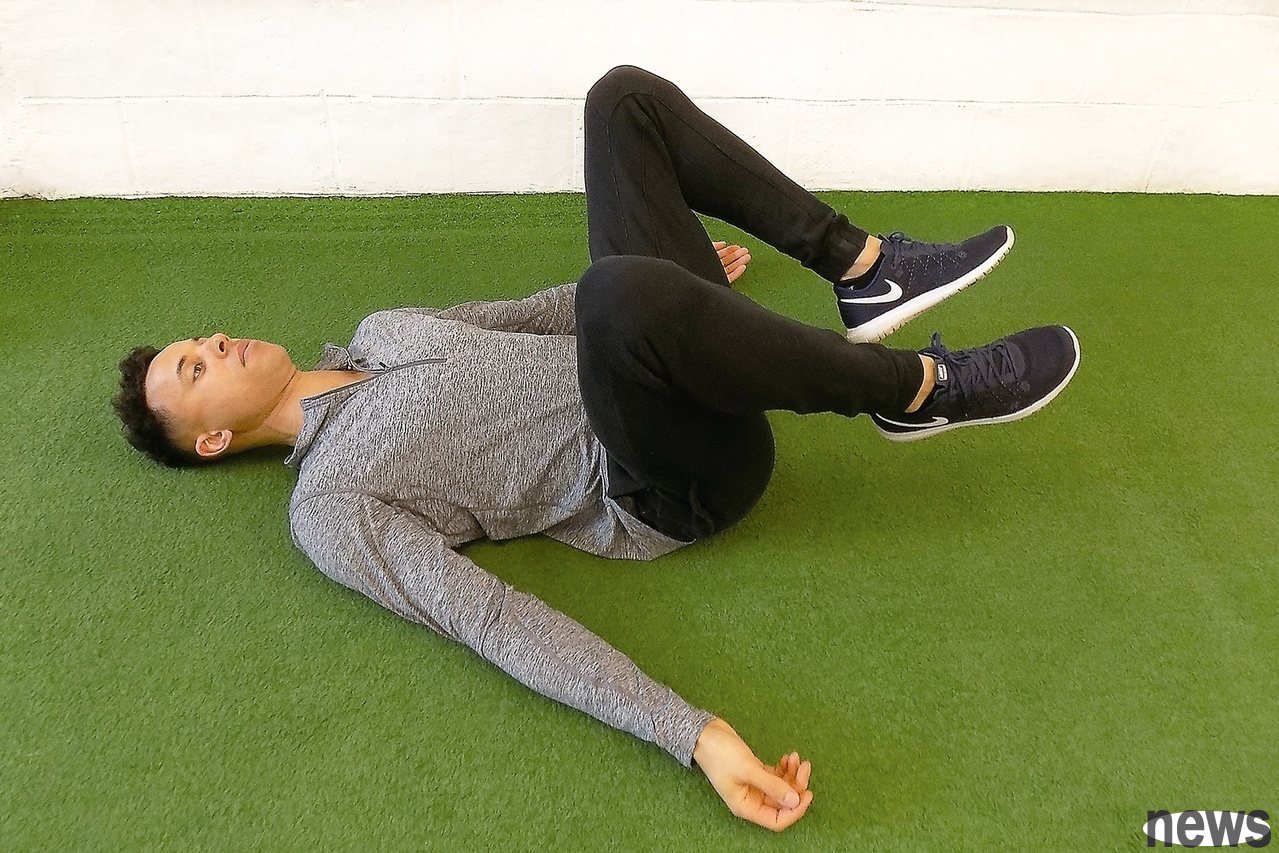
【Text, Pictures/Selected from the publication of "Fascia Relaxation Complete Book", author Omanda. Oshua]
Fascial squat• Suitable for everyoneChapter 2 of this book once mentioned that sedentary culture is one of the main causes of many chronic pain conditions, and some people even call this phenomenon "sit until death". Regardless of your opinion on "sitting", if you think about it carefully, you will find that "sitting" is a common sense behavior; because it will make your body no longer need to support itself, causing the body to turn off many basic functions.
{}The structure of the human body does not exist to make you sit upright. Sitting for a long time will cause many changes in the body, such as:
• the function of the hips will be closed, which means they will no longer be able to help you perform movements such as walking, running, jumping, standing and sitting.• the function of the abdominal muscles will also be closed, which will cause your condition to become increasingly malfunctioning.
• the activity of the joints will decrease, which means they are increasingly unable to do their jobs to stabilize and balance their bodies.
• Sitting for a long time and exercising less will weaken your bones.
• Sitting for a long time will also change the posture of the hair and lower back, allowing your vertebrae to bear more pressure, increasing the risk of lower back pain and protrusion of the vertebrae.
• Sitting on a bucket like a fender is also an inconsistent behavior that is not in line with human engineering, because this posture will actually press down to the end of the brain, making you unable to defecate smoothly.
•In addition to physical aspects, sitting can also lead to many chronic diseases and diseases, such as heart disease, hypertension, diabetes and cancer.
So, if the action of "sitting" is so harmful to us, then what posture should we replace the sitting position? This is a question we can find in traditional cultures around the world. Observe these cultures that retain a traditional lifestyle and you will find that they all use the "squat" action instead of "sitting". For example, they squat to rest, squat to cook, squat to work, or squat to defecate. There is little such a thing as back pain in these cultures, as many digestive problems that are common in the Western world rarely appear in these places.
"Squat position" is an artificial movement that can stretch to the muscles and fascia of the lumbar spine and lower back. In addition to not squeezing the spine, the squat position will disperse the weight of the whole body evenly between the legs, the hair and the core, and also help improve the elasticity and health of the joints in the hair, knees, and ankles.
Squat position also helps stretch and relax the pelvic floor. Contrary to the public's understanding, many people may suffer from urinary incontinence, pelvic pain, and adenitis. In fact, it is not because their pelvic floor muscles are too weak, but because the pelvic floor is too tight and cannot normally retract and relax the muscles supporting the pelvic organs.
Regularly practicing fascial squat can help you eliminate the tension in your body and achieve the effect of preventing or improving chronic pain conditions. Fascial squats are one of the most effective ways to restore body balance and adhere to the style of this book, which is very simple and easy to do. As soon as you come, the steps of fascia squats are too difficult, so you can start with a squat in the squat position on your back.
How to perform squats in a pose? 1. Lie on the ground or on the bed, lift your knees to the chest, and don’t have to hang up your knees, and naturally open them to both sides.2. Keep this posture for at least 2 minutes to stretch the fascia of your hair and groin; during the process, you should feel your legs becoming more relaxed.
3. If this will make you feel uncomfortable, you can use several pillows to support your feet and let your body slowly adapt to this kind of stretching movement. Then you can view your own condition and slowly move from a squat to a fascia squat.
Fascial squat→ Execution points1. Please execute it every day, first set 1 minute as the target in the early stage (please count), and then slowly increase the time.
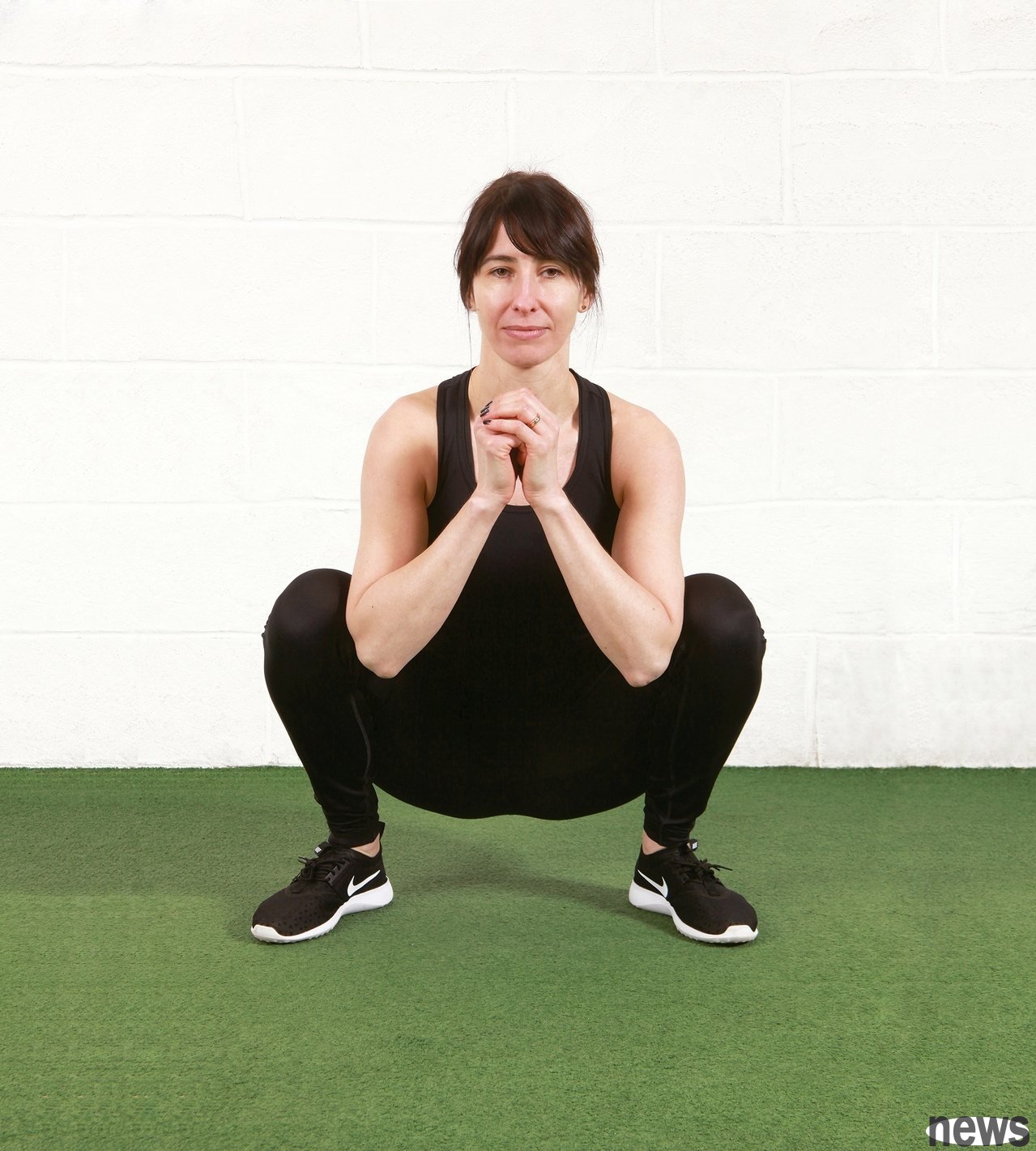
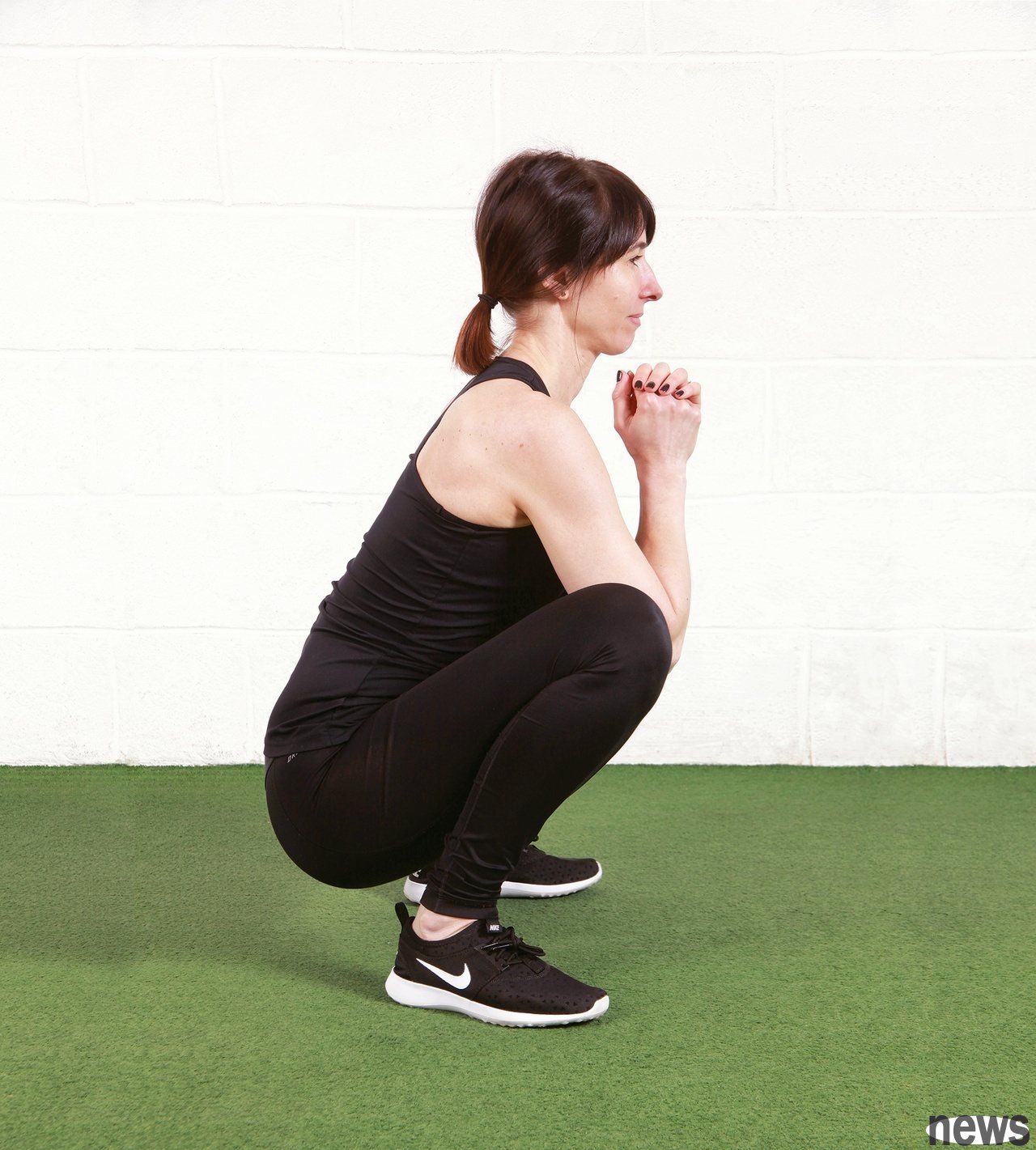
2. Please stick the ground flat for double feet. Don't leave the foot, because this will not be able to stretch to the stretched part.
3. Keep your legs wide open and your feet pointed outward. The greater the amplitude of the legs opening, the deeper the depth you will be when you squat down.
4. Grasp a stable support. Just start practicing squats, and before your body has reached the point of balance, you may fall backwards all the time. Therefore, grasping solid objects such as table foot and door frame will help you maintain your squat position.
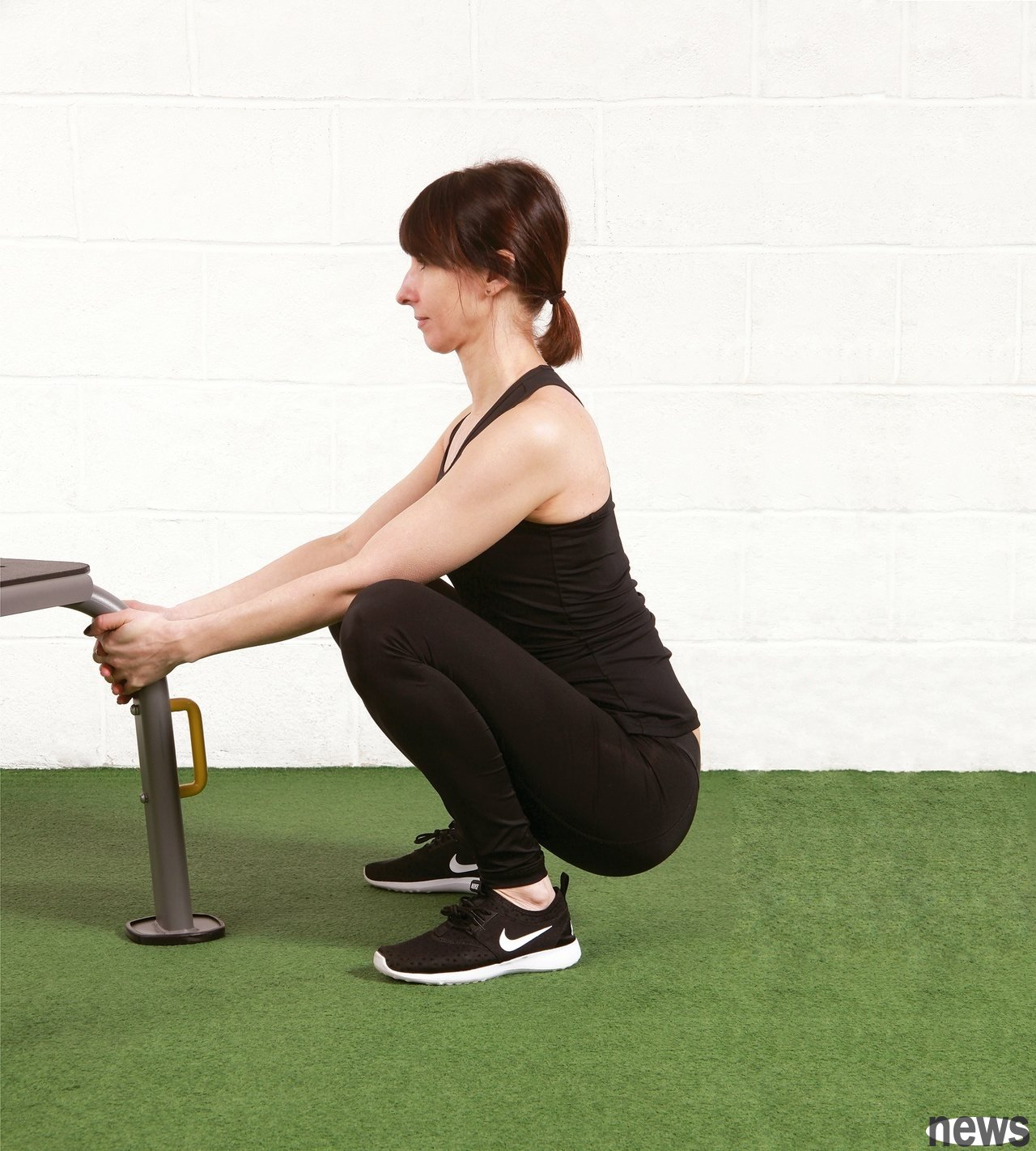
5. When you reach the squat position, please remain relaxed. It may not be easy to do at first, but it can be done when the body is less tight.
POINT• Don't try to do the action to a hundred points from the beginning. Most people who just start doing squats have a tight squat, so it is difficult to squat to the bottom immediately. In this case, please adjust the depth of your squat posture according to your personal comfort and slowly move towards the standard squat posture.
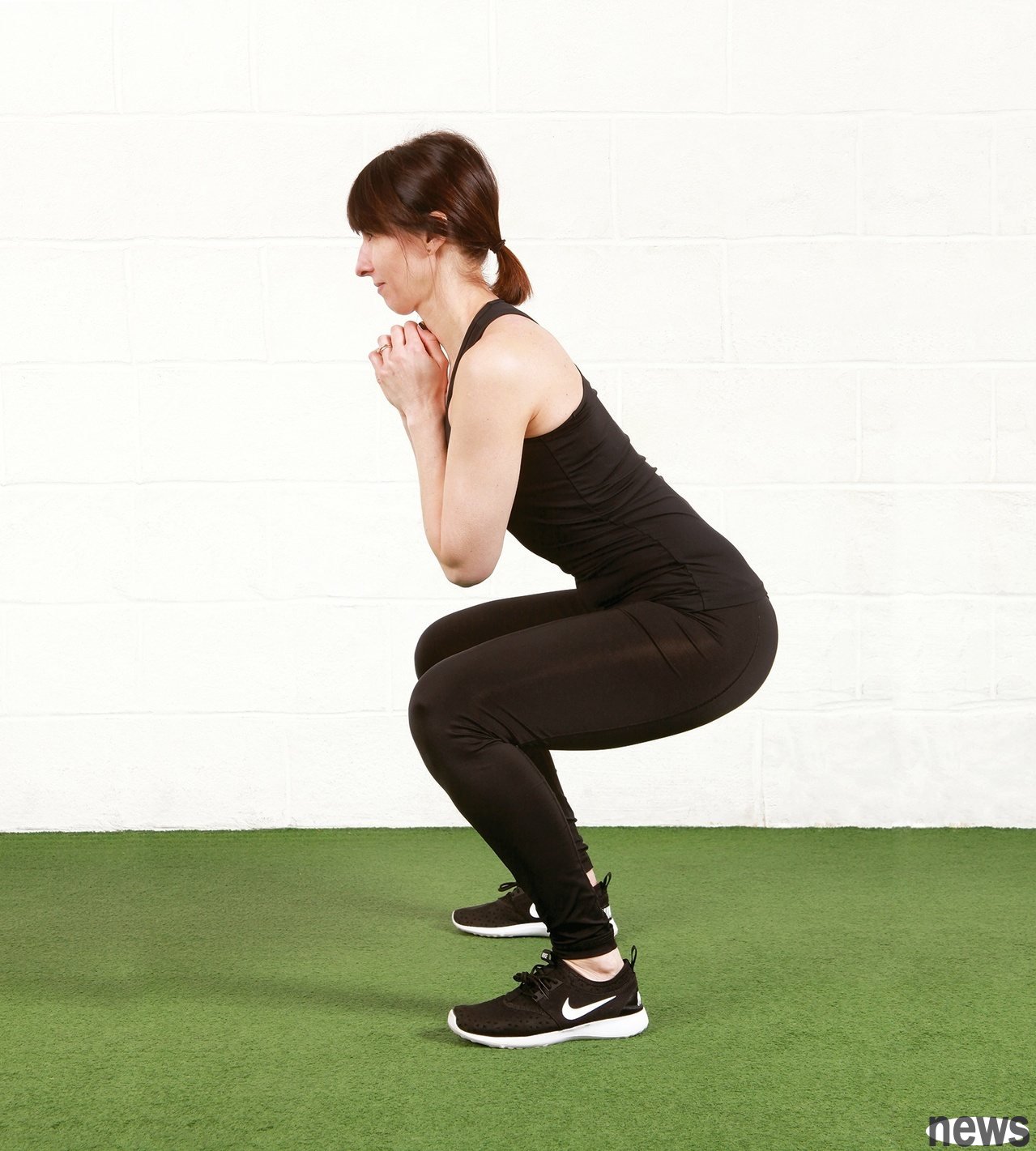
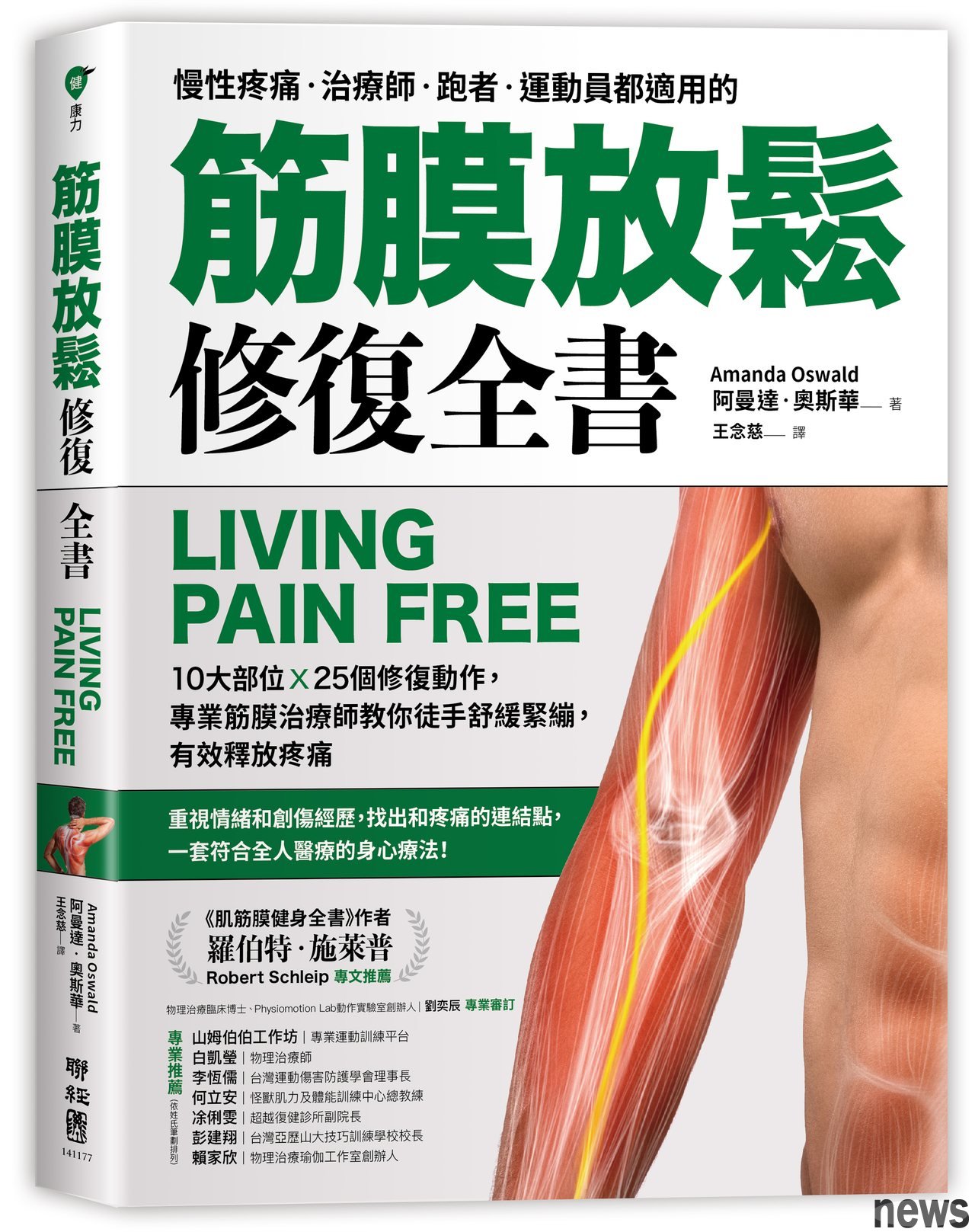 •If you have problems with defecation, you can consider stepping on a stool while sitting in a bucket. This can change the angle of the lower back and pelvis, reduce the pressure on the large kidneys, and allow you to defecate more easily.
•If you have problems with defecation, you can consider stepping on a stool while sitting in a bucket. This can change the angle of the lower back and pelvis, reduce the pressure on the large kidneys, and allow you to defecate more easily.
Beginners︱Practice squats in the squat first.
Advanced students increase the time to squat and try to perform different activities during this period, such as adjusting the angle of the posture, so that the hair can feel different ways of movement, making it a healthy habit in life.